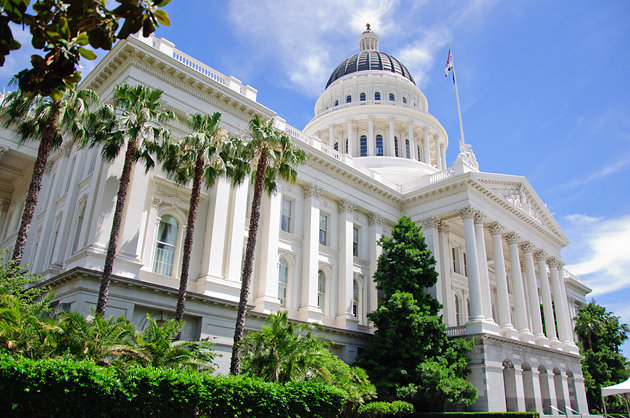
Earlier this month, Governor Newsom signed two significant housing bills — one to end single-unit zoning in urban areas across California and one to allow local governments to upzone parcels near transit to up to 10 units. These new laws could start to make a dent in the state’s multi-million unit housing shortage. But how much?
First and foremost, SB 9 (Atkins) would allow homeowners to convert their house into a duplex, or split their lot and build two units on each lot, allowing up to four units per original parcel — all with streamlined local approval. In short, it ends single-unit zoning in urbanized and transit-rich areas across the state.
For context, the state has roughly 7.5 million single-unit-zoned parcels, and nearly two-thirds of residential land in the state is reserved exclusively for this type of single-unit zoning.
I recently hosted David Garcia from UC Berkeley’s Terner Center on Housing Innovation on KALW’s Your Call to discuss the bill, and his center found that SB 9 could enable the creation of over 700,000 new homes that would otherwise not be market feasible. Given that some estimates peg the state’s housing shortage at 3.5 million, an additional 700,000 units would be a sizeable contribution.
Yet these changes won’t happen overnight. Property owners would need to decide to convert their homes or split their lots, a process which could take years to unfold statewide. Still, given the history of racial exclusion associated with single-unit zoning, coupled with the need to boost housing anywhere we can, and especially in high-income, transit-rich communities, this bill is a welcome step in the right direction.
The second bill, SB 10 (Wiener), is a voluntary opt-in for local governments wishing to rezone parcels for up to 10 units of housing near transit. It allows them to do so without undergoing environmental review.
This bill is less likely to have a big impact on housing production, simply because many local governments and their homeowner constituents are hostile to new apartment buildings. However, as the state tightens the requirements for local governments to provide housing for residents of all incomes, they may be forced to invoke this provision. And in the meantime, local governments that do want to see more dense development (and have the market conditions to enable it) will be able to utilize this law.
Notably, wealthy anti-development interests are already challenging this bill. The Los Angeles-based AIDS Healthcare Foundation, run by a longtime development opponent with personal beef against the author of SB 9, filed a lawsuit claiming that the new law is unconstitutional, because it allows local governments to override voter-approved initiatives restricting development with a supermajority vote. The nonprofit Planning and Conservation League also opposed the bill on similar grounds.
Given the statewide importance of housing production, this lawsuit is unlikely to succeed. But homeowners from some of the wealthiest communities around the state are also mobilizing to place before the voters a constitutional amendment restricting what state policy makers can do to boost housing over local objections.
The ballot measure is also unlikely to succeed given the pro-housing politics of the electorate (many of whom are renters and housing insecure). But it’s yet another example of wealthy interests fighting to preserve the exclusivity of their neighborhoods and maintain their inflated property values, at the expense of the less fortunate.
In the meantime, the real work to boost housing across the state will continue in the legislature. That means more legislation to allow apartment buildings near transit (particularly in high-income areas), streamlining approvals for infill projects, and reducing the overall cost of housing construction.
But for now, 2021 was definitely a year of progress on the housing front, with much more to be done.


